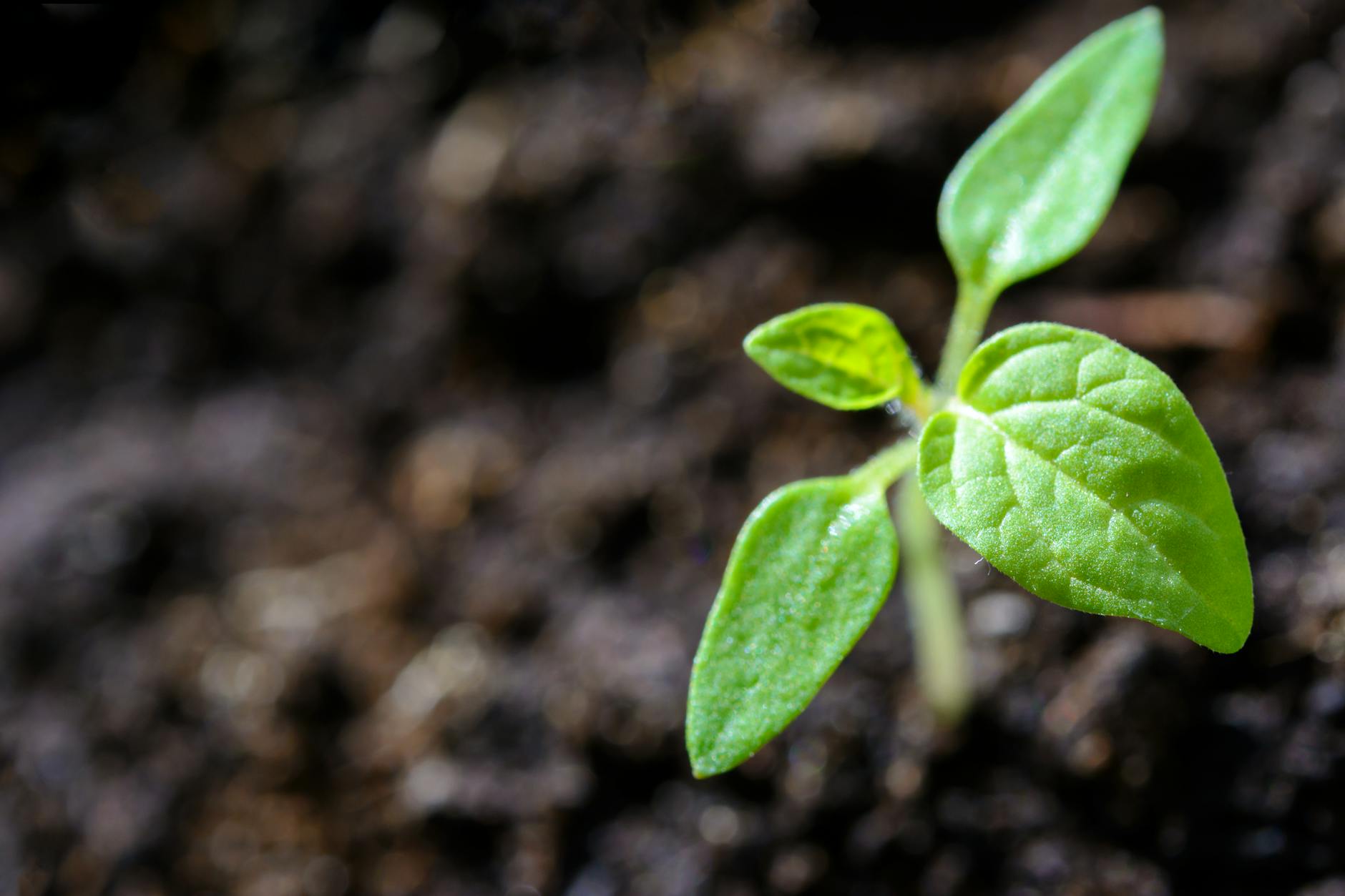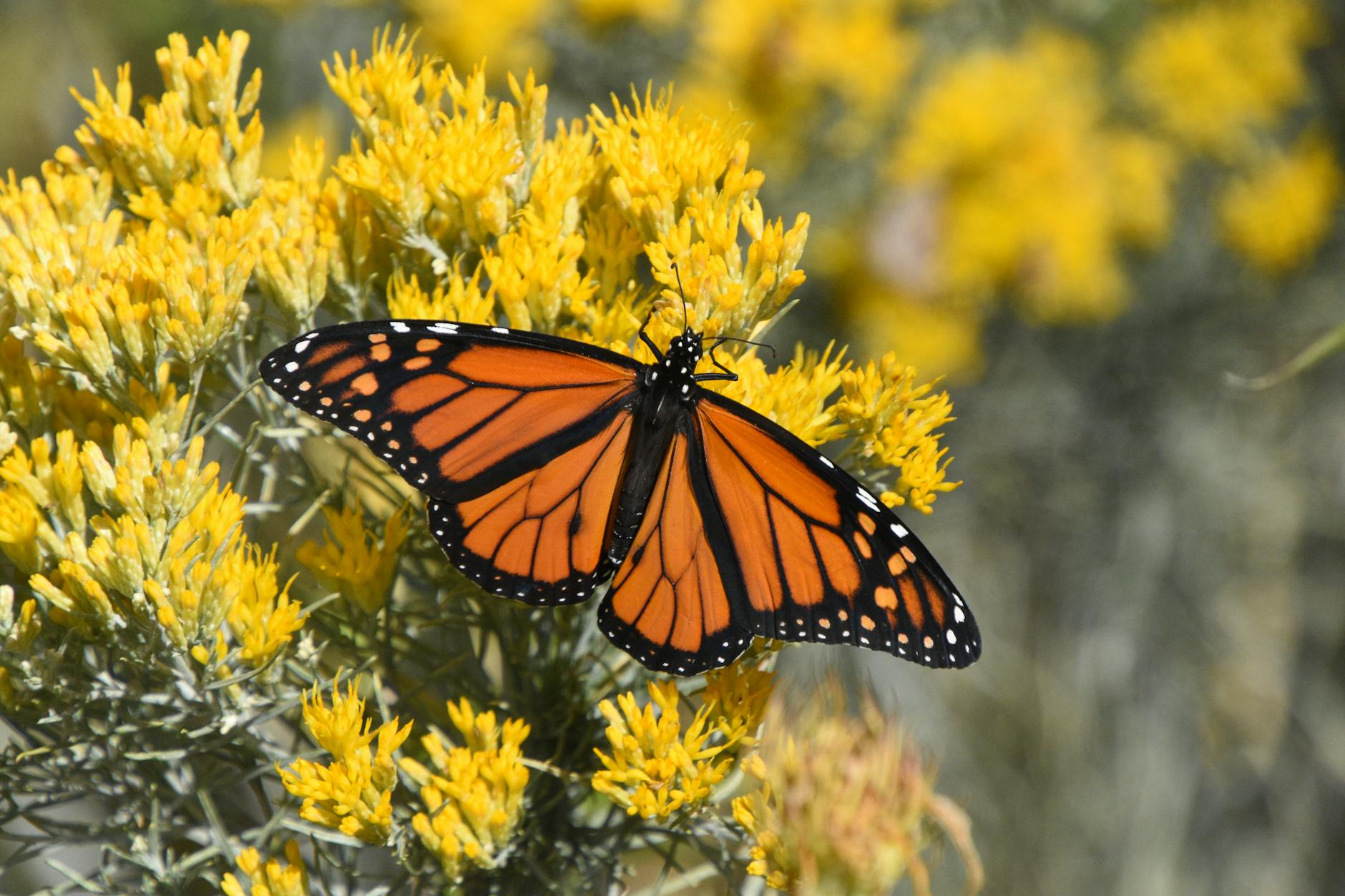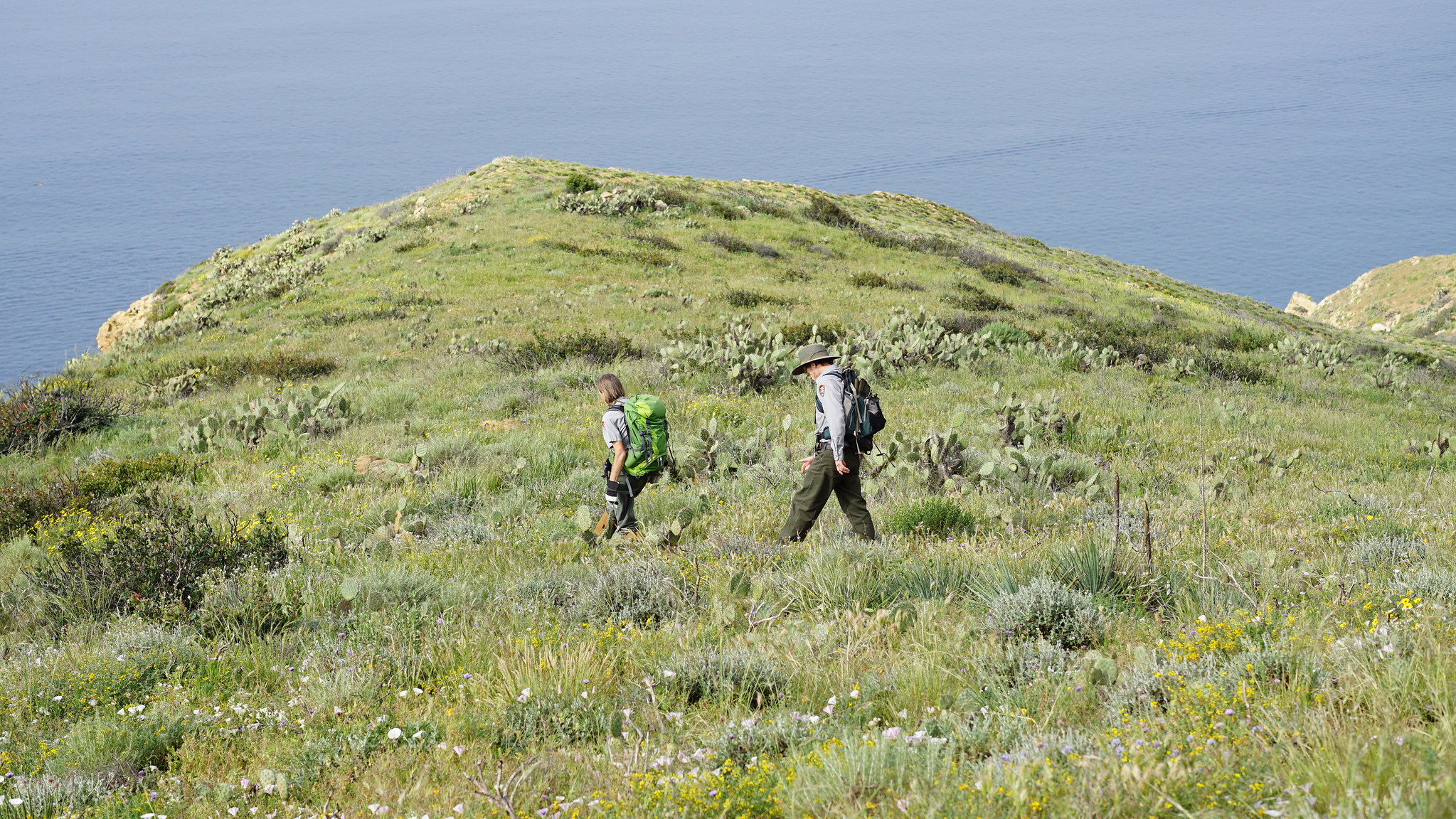As cities grow and expand, the landscape changes—more concrete, less greenery. While urbanization has brought many advancements, it’s also created challenges for the environment. One of the simplest yet most powerful solutions lies in focusing on the beauty and power of native plants. By integrating more native species into our urban landscapes, we can make significant strides in improving air quality, enhancing biodiversity, and regulating local temperatures. It’s a small change that could have a lasting impact on the health of our cities and the well-being of their inhabitants.
Understanding Native Plants and Their Role
Native plants are the foundation of any healthy ecosystem. These plants have evolved over time to thrive in a specific region, making them perfectly adapted to the local soil, climate, and wildlife. When we choose native plants, we’re choosing a connection to the land—a way to help nurture and protect the environment that sustains us. These plants play a crucial role in supporting biodiversity, stabilizing soil, and reducing the need for harmful chemicals like pesticides and fertilizers.
Improving Air Quality
One of the most compelling reasons to focus on native plants is their ability to improve air quality. Urban areas are notorious for air pollution, but native plants can help mitigate this by absorbing carbon dioxide and filtering pollutants. Trees, shrubs, and grasses act as natural air purifiers, releasing oxygen while trapping dust, pollen, and other harmful particles. Some cities, like New York City, have already embraced this approach through programs like MillionTreesNYC, which has seen significant improvements in air quality thanks to widespread tree planting.
Enhancing Biodiversity
Biodiversity is the foundation of a resilient ecosystem, and native plants are key to supporting a variety of wildlife. By introducing native species into urban landscapes, we’re creating habitats for pollinators like bees and butterflies, as well as birds and small mammals. These creatures rely on native plants for food, shelter, and nesting sites, helping to sustain populations that may otherwise struggle in a city environment. Even the smallest native garden can make a big difference in fostering a vibrant ecosystem within the urban sprawl.
Local Temperature Regulation
Cities often experience higher temperatures than surrounding rural areas, a phenomenon known as the “urban heat island effect.” Concrete and asphalt absorb and retain heat, causing cities to become uncomfortably warm, especially during summer. Native plants, however, help cool the air by providing shade, releasing moisture through transpiration, and reducing the amount of heat-absorbing pavement. This temperature regulation not only makes urban areas more livable but also helps to reduce energy consumption, leading to lower cooling costs and a smaller carbon footprint.
The Practical Benefits of Native Plants for Urban Gardening
Another reason native plants are perfect for urban landscapes is their low maintenance. These plants are naturally adapted to the local climate, so they require less water, fewer fertilizers, and are more resistant to pests. This makes them not only eco-friendly but also cost-effective. Planting native species in urban gardens can be an easy, fulfilling way for individuals to contribute to the health of the environment—whether it’s a backyard garden, a community space, or a small balcony. It’s also a great way to support local wildlife and enjoy the beauty of the landscape.
Reconnecting Cities with Nature Through Native Plants
The benefits of native plants in urban landscapes are vast and undeniable. They improve air quality, enhance biodiversity, and regulate local temperatures, creating a more sustainable and resilient environment. While cities face many challenges in balancing urban development with environmental protection, focusing on native plants is a practical and impactful solution. So, let’s take action—whether it’s planting a few native flowers in your garden or advocating for more green spaces in your city, every small step counts toward a healthier, more vibrant urban ecosystem.
As I look at the world around me—the wildflowers, the trees, the insects—I’m reminded of the delicate balance that exists between us and the natural world. Urban landscapes don’t have to be devoid of nature; we have the power to bring it back. By planting native species, we can reconnect with the land in meaningful ways, supporting the creatures that share our world and creating spaces where both nature and people can thrive. Each small step—each plant, each seed—has the potential to change the world. And it starts with us.



